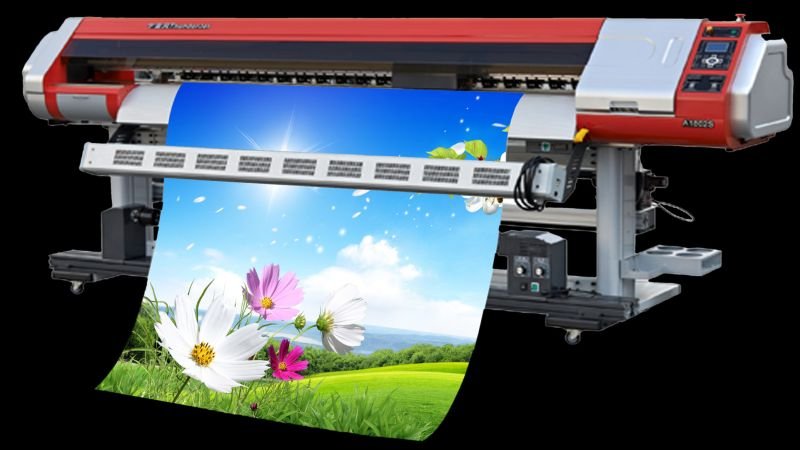Flex Printing is a versatile printing technique used to create vibrant and durable designs on various surfaces, commonly fabrics and flexible materials. The method typically involves heat transfer using special vinyl sheets or ink to achieve high-quality, long-lasting prints. Below is a detailed breakdown of flex printing

Our working process
...

Material Used
Flexible vinyl sheets or special heat-transfer films. Available in various colors, finishes (glossy, matte, metallic, etc.), and textures.
Process
A design is created digitally and then cut onto the vinyl sheet using a plotter or cutting machine. The excess material is removed (a process called "weeding"), leaving only the desired design.


Applications
Textiles: Common for T-shirts, hoodies, sports jerseys, and uniforms due to its durability and ability to handle intricate designs. Signage: Used in banners, decals, and other flexible advertising materials.

Advantages
High-quality, vibrant, and precise output. Durable and resistant to wear, fading, or cracking. Can produce designs with a wide variety of finishes (e.g., neon, glitter, reflective). Suitable for low-volume production and customization.
Limitations
Not ideal for large-scale production due to manual steps like weeding. Limited in terms of color gradients or photographic prints compared to techniques like sublimation or digital printing.


Maintenance
Products printed with flex materials often require care, such as gentle washing and avoiding high heat during ironing, to maintain the print quality.





